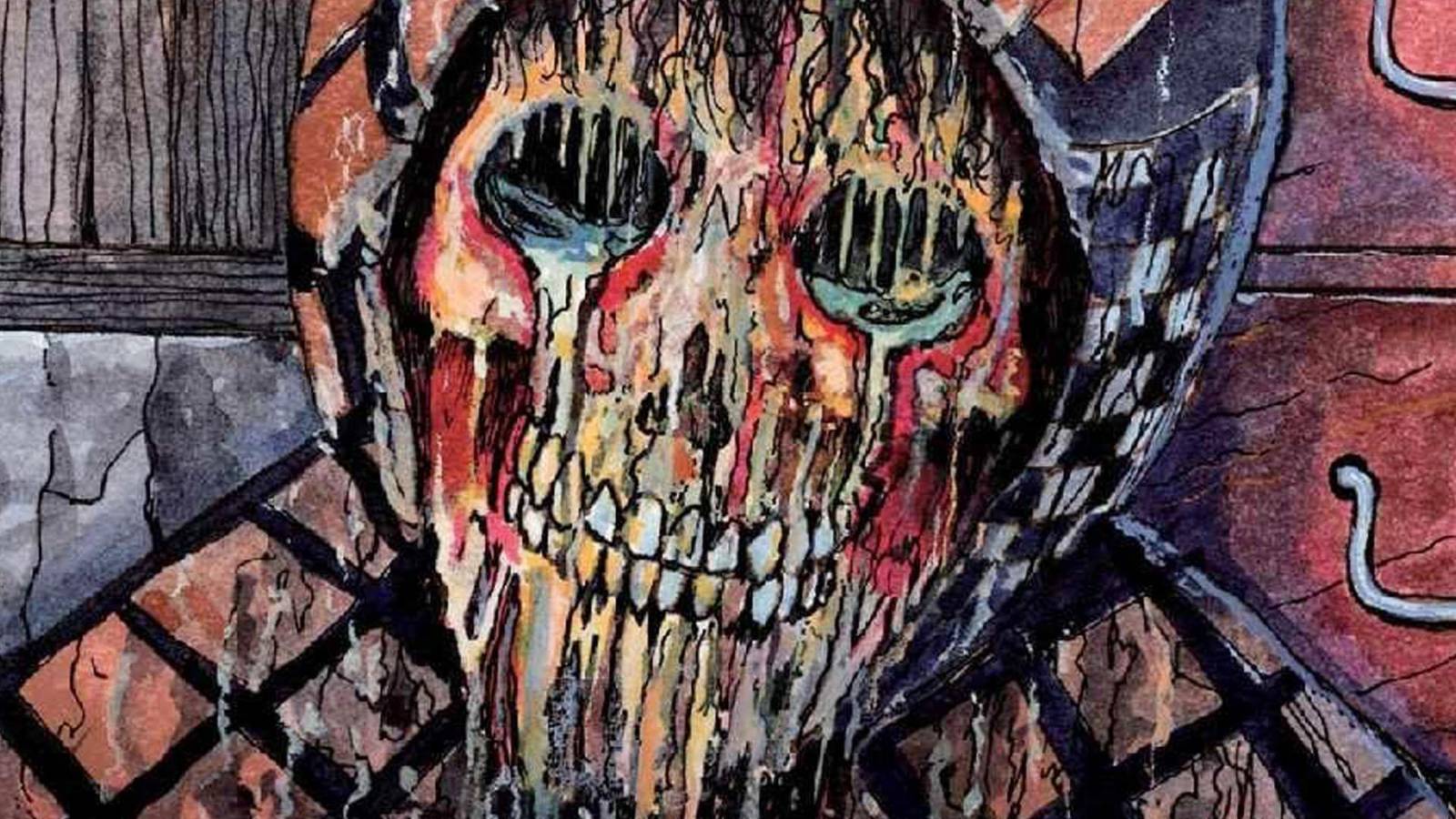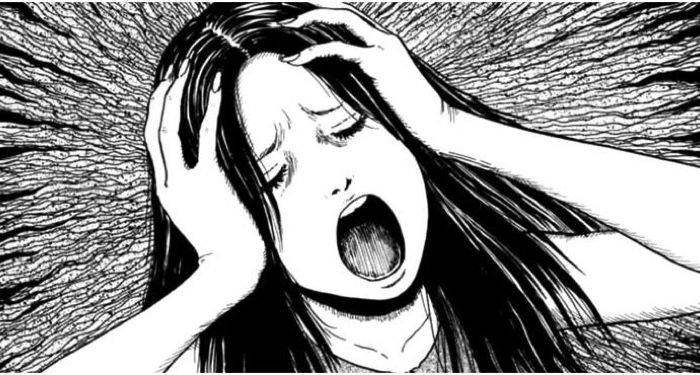When I first spotted Deserter on ComicK, I thought I was in for the usual spine-chilling Junji Ito experience I’ve come to love. Having devoured most of his acclaimed works, from Uzumaki to Gyo, I expected a flood of grotesque horror and mind-bending terror. What I found instead was a fascinating glimpse into Ito’s early experimentation a collection that’s equal parts brilliant and rough around the edges.
Reading Deserter felt like exploring the archives of a master’s mind at the very beginning of his journey. You can see Ito’s signature obsessions taking shape: eerie shadows, isolated villages, and the uncanny horrors lurking just beyond the normal. Some stories hit me with that unmistakable gut-punch of dread, while others felt… well, like practice sketches that didn’t quite land.
But let me be clear: this anthology is worth every minute if you’re a horror enthusiast. There’s a raw creativity here that even his later, more polished work can’t replicate. For those following me on ComicK, trust me when I say it’s a ride into the dark corners of Ito’s imagination you won’t want to miss.
Early Works: A Peek Into Ito’s Formative Horror
The charm of Deserter lies in seeing Ito at the start of his career, exploring ideas he would later refine into masterpieces. Stories like “Where the Sandman Lives” showcase his talent for psychological tension, twisting a slow descent into madness that creeps up on you until you can’t look away.
Yet, not all tales land perfectly. Some, like “The Reanimator’s Sword,” flirt with fantasy tropes that feel incongruent with the intense horror we expect from Ito. At times, it almost feels like glimpsing a writer sketching rough drafts, testing boundaries and narrative angles.
Still, these imperfections have their own charm. As I read, I found myself appreciating the experimentation seeing which ideas evolved into signature Ito motifs and which faded into obscurity. It’s like watching a master sculptor refine a block of marble, shaping some pieces into perfection while leaving others raw.

Standout Tales: Terror That Leaves a Mark
Even in a collection with highs and lows, there are stories that left me truly unsettled. “Where the Sandman Lives” had me on edge, witnessing a man literally unravelling under the pressure of his shadow self. The slow buildup, the horror of inevitability it’s classic Ito, in its embryonic form.
The title story, Deserter, and “The Long Hair in the Attic” lingered in my mind for days. Unexplainable evil manifests with an almost abstract malevolence, leaving you both fascinated and frustrated by the lack of easy answers. That’s part of what makes Ito’s horror so compelling: it doesn’t give comfort, only questions and dread.
For me, these stories reminded why I keep coming back to Ito. Even his early works have the power to haunt, intrigue, and disturb all at once. They’re imperfect, yet unforgettable.
Where the Collection Falters
Of course, no collection is flawless. Stories like “Scripted Love” felt more like curiosity than terror a jilted lover with a murder tape just doesn’t carry the cosmic or grotesque weight that makes Ito’s work so iconic.
At times, the anthology reads like a series of sketches rather than a cohesive experience. Some stories resolve too neatly, others drift without clear purpose, leaving me wishing for the intensity of his more mature works.
Yet, even in these weaker moments, there’s a thrill in spotting Ito’s developing style. Seeing the seeds of future masterpieces reminds me why I love horror that evolves, grows, and experiments.
Art That Oscillates Between Beauty and Gore
Junji Ito’s artwork in Deserter is a study in contrasts. Ethereal beauty collides with grotesque horror, creating images that are as haunting as they are mesmerizing. “Sandman,” in particular, delivers an ending so bloody and visceral that I had to put the manga down for a moment and just stare.
His forest and mountain settings, showcased in “Village of the Siren,” isolate characters in a way that heightens tension. The serene beauty of nature juxtaposed with human vulnerability and supernatural terror is signature Ito, and it shines even in these early works.
Personally, I found myself lingering over the details the way shadows stretch unnaturally, how expressions twist in subtle but unsettling ways. It’s that interplay between art and emotion that keeps me returning to his pages again and again.

Who Should Read Deserter
If you’re an Ito completionist, this is a must-have. The anthology adds depth to understanding his evolution as a horror artist, offering glimpses into recurring motifs that dominate his later works. It’s a study of early experimentation that’s fascinating to trace from story to story.
However, casual readers might find themselves frustrated by the inconsistency. Some tales resonate deeply, others barely scratch the surface of terror, making it less accessible than Lovesickness or Shiver.
Personally, I found the experience rewarding. It’s a collection that challenges your expectations and rewards your patience. If you approach it as a window into a young Ito’s mind rather than a curated set of his best scares, it’s brilliant.
A Dark Treasure
Finishing Deserter left me contemplative. There’s a beauty in seeing the contrast between his early experiments and later mastery. Some stories lingered with me, haunting dreams and thoughts long after reading; others, I laughed off or shrugged at but even that reveals the artist’s fearless willingness to try, fail, and innovate.
For horror aficionados and long-time Ito fans, this anthology is an essential exploration of his dark imagination. For newcomers, it may be a challenging start, but the glimpses of genius here are undeniable.
Ultimately, Deserter is not just a collection of stories it’s a glimpse into the formative steps of a master of horror. On ComicK, this title is a hidden gem worth discovering, especially if you enjoy seeing how greatness is forged in the fires of experimentation and early ambition.
